Reducing your carbs intake may aid in weight loss. Your body requires different amounts depending on your age, sex, and level of activity.
Often, carbs are the food that we all love to loathe but actually adore. Fat has returned to our diets due to the popularity of diet programs like paleo and keto, while protein—the nutrient that always seems to be in good health—gets less attention. Carbohydrates, however, have a poor reputation.
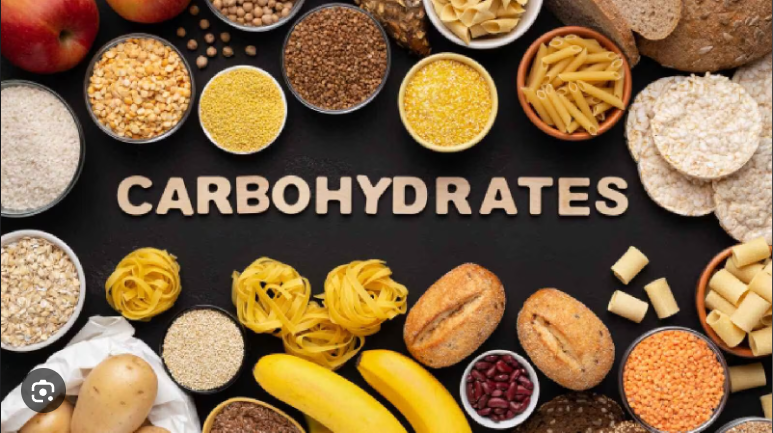
Also read-Veganism: Vegan Meal Plans For Beginners For Good Health And Good Life
It’s been debatable how much carbohydrates we should consume daily and how many more if we’re attempting to reduce our weight.
How Many Carbs Do You Really Need?
Your body needs different amounts of carbohydrates depending on your age, gender, exercise level, overall health goals, and metabolism. According to the 2020–2025 Dietary Guidelines for Americans, 45–65% of your daily calories should come from carbohydrates. This implies that if you have, let’s say, 2,000 calories a day, then 900–1,300 calories, or 225–325 grams, should come from carbohydrates.
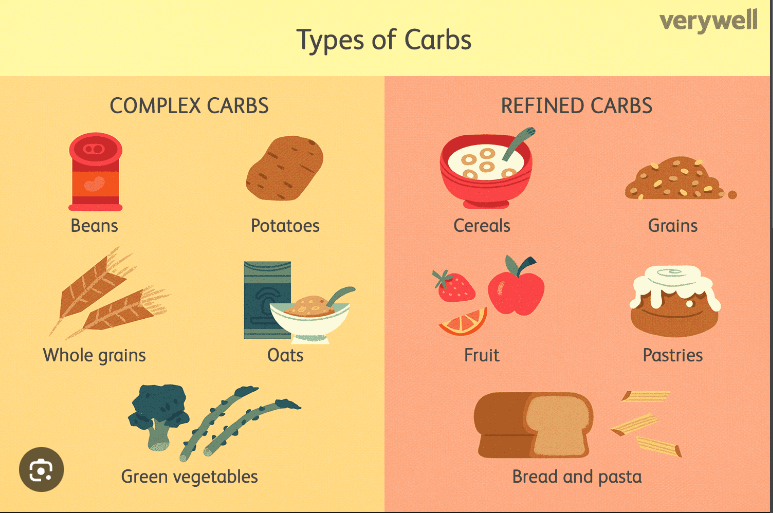
130 grams of carbs is the recommended daily intake, or RDA, as of right now. That sum covers the amount your liver and brain require for proper functioning, plus a little extra for your muscles, just for good measure. It is less than the ideal daily consumption. But as you start exercising, your needs start to differ greatly. This is due to the fact that carbohydrates—both those stored in your muscles and liver as glycogen and those flowing through your bloodstream as glucose—provide roughly 80% of your energy during high-intensity exercise.
Around 60 grams of carbs are used by your body in an hour of vigorous activity, according to Donald K. Layman, an emeritus professor of food science and human nutrition at the University of Illinois. Furthermore, studies showing that supplementing with carbohydrates can greatly enhance the performance of high-intensity interval training have been reported in Sports Medicine. Better output also translates into higher calorie burns. In the meantime, your body will reserve the carbohydrates it does get for your brain if you don’t eat enough to meet your fundamental biological needs as well as the demands of exercising. Your workout may feel more difficult as a result, and your performance may even suffer. According to Layman, those who routinely exercise as part of their weight loss plan may be able to consume more carbohydrates than the recommended daily allowance. “You can add about 60 grams of carbohydrates per hour of exercise and still lose weight if you go to the gym regularly and stay pretty active,” he explains.
Why Carbs Are Important
One of the three macronutrients that you must eat for your body to perform at its peak is carbohydrate, along with protein and fat. Getting these macronutrients in the proper amounts is crucial.
You need carbs as fuel for your muscles, liver, and brain. Instead, such tissues can obtain their energy from protein (muscle) and fat. But according to Layman, sticking to diets like keto and paleo that emphasize mainly fat and protein is a less effective metabolic process that can lead to a variety of symptoms.
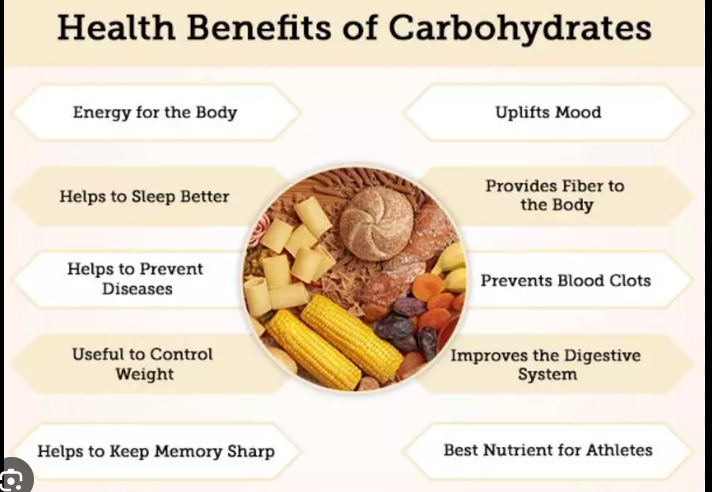
Among these signs are:
- Headaches.
- Brain fog.
- Confusion.
- Extreme fatigue.
Low-Carb Diets
Since carbohydrates are frequently the preferred comfort food, many of us favor them for meals and snacks. Popular low-carb diets advocate drastically reducing carbohydrate intake by blaming carbs for weight gain.
For instance, the keto diet suggests cutting out most carbohydrates, leaving you with a proportion of roughly 70% fat, 25% protein, and 5% carbohydrates. That leaves you consuming 20 to 30 grams of carbohydrates daily on average. To put that into perspective, a piece of fruit and a slice of bread both have 15 grams of carbohydrates.
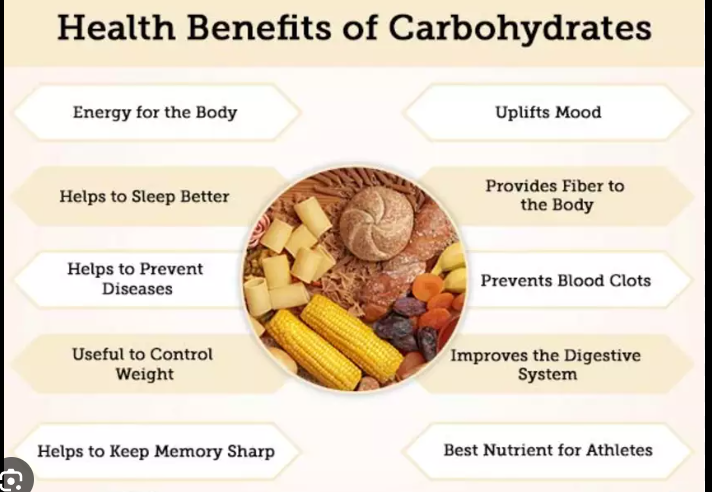
So, if you have a slice of toast with your breakfast and an apple as a snack, you need to avoid cereal, pasta, crackers, potatoes, or any other fruit that day. The keto diet’s goal is to load up on fat to put your body in the state of ketosis, where the body breaks down dietary and stored body fat into substances known as ketones. In this state, your body relies on and burns fat instead of sugar for energy.
The keto diet differs from other well-known low-carb diets in that it deliberately enters ketosis and has extremely severe carbohydrate limitations. A large bagel’s worth of carbohydrates, or 50 grams per day, is usually the upper limit of a ketogenic diet. According to some experts, the keto diet can help people lose weight quickly, but unless you are committed to following this diet, you’ll certainly encounter side effects, including dizziness, nausea, and constipation.
Net Carbs
You’ve probably seen the term “net carbs” on the front of packages, especially appearing on those products that boast about their low carb content to make them more attractive. The term net carbs does not have a legal definition and is not used by the Food and Drug Administration or recognized by the American Diabetes Association.
Zelman describes that the term is meant to represent the amount of carbohydrate absorbed, minus the fiber and sugar alcohol content from the total amount of carbohydrate. To calculate net carbs, you have to deduct the grams of fiber and sugar alcohols because they aren’t digested by the body.
Similar terms that have no real definition include “active” or “impact” carbs.
Low-Carb Foods
There are many nutrient-dense and satisfying low-carb options available if you’re interested in adopting a low-carb lifestyle.
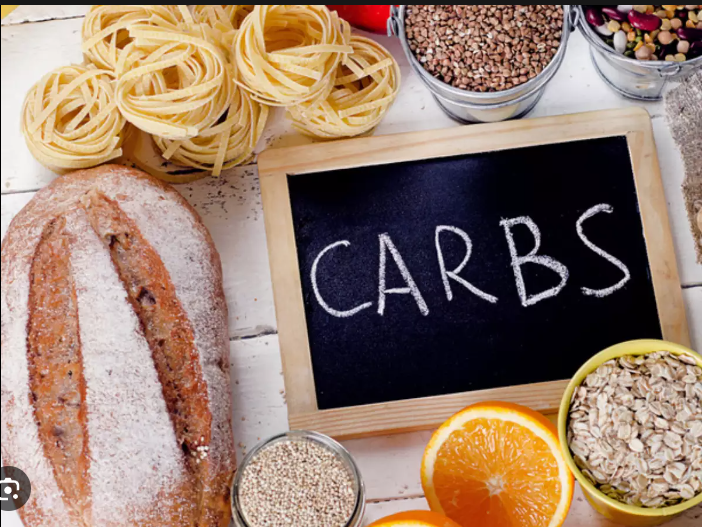
- Lean meats (turkey, chicken, beef, and hog), fish, eggs, tofu, and tempeh are examples of foods high in protein.
- Vegetables that aren’t starchy: peppers, Brussels sprouts, broccoli, cauliflower, spinach, kale, and zucchini
- Fruit includes limes, lemons, blackberries, raspberries, blueberries, and strawberries.
- Almonds, walnuts, chia seeds, flaxseeds, and pumpkin seeds are among the nuts and seeds.
- Avocado, avocado oil, and olive oil are good sources of fat.
- Dairy or not: Greek yogurt (plain or reduced sugar), cottage cheese, ricotta cheese, sliced cheese, and sugar-free nondairy milks
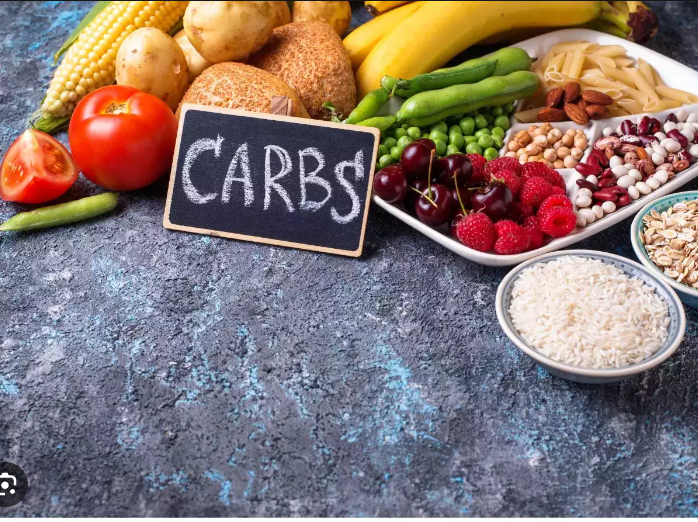
Above all, include foods that are nutritious, even if they contain carbohydrates. For instance, although they are frequently included in low-carb diets’ “avoid” list, beans and legumes are a great source of plant protein and fiber that most of us don’t get enough of.
Also read–Diverticulitis Diet: Best Foods To Eat for Good Life And Good Health
images source: Google
Disclaimer: The opinions and suggestions expressed in this article are solely those of the individual analysts. These are not the opinions of HNN. For more, please consult with your doctor.




































